In some ways the decisions surrounding Linden Lab’s closure of Teen Second Life, and the plans for its teen users represent an almost perfect microcosm of Linden Lab process.
There’s the decision to close Teen Second Life, apparently made without consulting with … well, anybody at all. As a part of this, older teens (16-17 years old) will be migrated to the adult grid along with their elders, but under some restrictions that remain a secret at present, despite now being just a few weeks away.
There’s the much better decision to allow younger teens (13-15) to be allowed a form of restricted access to Second Life, in order for a number of worthy education, community and support programmes to continue. A decision which appears to have been grudgingly granted at the behest of programme providers, and which doubtless would have surfaced originally, if they had only been consulted.
Now it remains to be seen if Linden Lab can carry this off. A mix of teens and adults in Second Life can be a potentially volatile mix from a public-relations and media perspective. Reducing the risk of potential scandal will require the utmost care and attention-to-detail from Linden Lab as they prepare to migrate users.
Fortunately, most of the code required for younger teen users appears to already be a part of the grid systems, and has been mostly successful at keeping Teen Second Life and Second Life largely isolated from each-other so far. There’s certainly some expressing doubts that Linden Lab will be able to competently meet the challenge, as many feel that those levels of care and quality-assurance exceed the organisation’s capabilities.
The plan with younger teens is to restrict them to the estates of a sponsoring organisation or programme. Each of the younger 13-15yo teens will be signed on with a particular group, and allowed no access beyond that group. Adult members of the organisation will keep estate-controls tight, allowing only approved and authorised adults access. Additionally, younger teen accounts would not have access to the new Second Life marketplace on the Web.
Now, that’s good, but clearly it isn’t enough. Teens in Teen Second Life have thus far had much greater protections than this, being protected from messaging by adult accounts who weren’t currently logged into the teen estate (a very limited privilege), and unable to be sent content by adult accounts from outside of the teen estate.
Under the new system, adult accounts in the sponsoring group would clearly be able to bring content into the sponsoring estate from the broader grid of Second Life, or (while in the estate) give content to or instant-message a younger-teen account in their sponsored group. These are fine. What about instant-messages or inventory transfers from adult accounts outside of the sponsored estate, however?
If those were to be permitted, any teen could be sent prurient account or sexually harassed by any adult or prankster with a throwaway account who wished to do so. That’s a media scandal in the making right there, and there’s certainly a minority of people in the world who would choose just such tactics to cause one.
As I said, of course, the code exists now to prevent this inappropriate crossing of estate boundaries with respect to contact with younger-teens, if it is appropriately planned, carefully adapted and diligently tested, and if Linden Lab has even thought to do so.
The question is, is Linden Lab up to the job of keeping younger teens safe in Second Life?
Update (Lowell): On top of the Teen grid decision, Linden Lab have now announced a cessation of discounted pricing for educators purchasing full regions on the main grid. It’s hard to see a result other than less nuanced education projects as pricing forces them to Homestead and Open Space regions. More on this later.
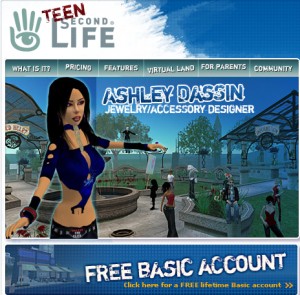

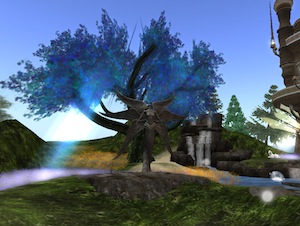


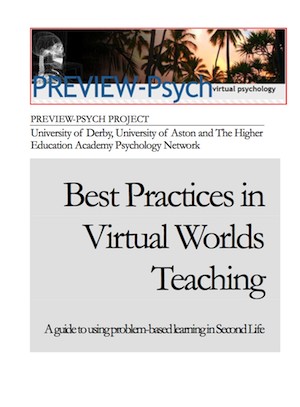

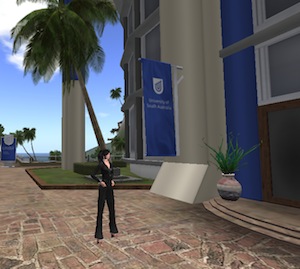
 Denlee: Actually it was the reverse. Some saw it as inappropriate because it was too much like play – almost as if they had preconceived ideas about what is a valid or authentic learning environment.
Denlee: Actually it was the reverse. Some saw it as inappropriate because it was too much like play – almost as if they had preconceived ideas about what is a valid or authentic learning environment.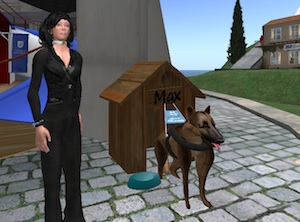 Denlee: We will no doubt continue to maintain our UniSA island here – we are planning to trial using our island to facilitate career building – running careers fairs and so on. We are also undertaking research in the area of performing arts and hybrid performance. Intermediality – where actors on a “real life†stage perform with actors in SL.
Denlee: We will no doubt continue to maintain our UniSA island here – we are planning to trial using our island to facilitate career building – running careers fairs and so on. We are also undertaking research in the area of performing arts and hybrid performance. Intermediality – where actors on a “real life†stage perform with actors in SL.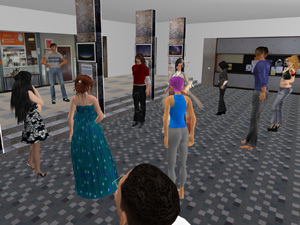 The mini-launch of the UWA sims occurred in August, well before the campus was complete. Jayjay Zifanwe and Ted Snell worked feverishly for several weeks and at least one whole weekend to ready the Astronomy art gallery in the SL Physics building for the occasion.
The mini-launch of the UWA sims occurred in August, well before the campus was complete. Jayjay Zifanwe and Ted Snell worked feverishly for several weeks and at least one whole weekend to ready the Astronomy art gallery in the SL Physics building for the occasion.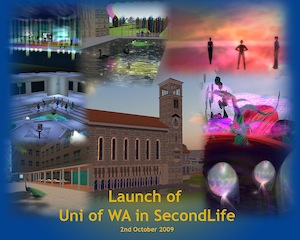 On the launch day of the UWA sims, 40 people attended the ceremony as avatars in Second Life, and 120 people packed into a RL space to attend. The people in the physical space were able to follow the proceedings in SL; the SL folk able to view the video kindly relayed the action for the other people unable to view the video through SL.
On the launch day of the UWA sims, 40 people attended the ceremony as avatars in Second Life, and 120 people packed into a RL space to attend. The people in the physical space were able to follow the proceedings in SL; the SL folk able to view the video kindly relayed the action for the other people unable to view the video through SL.
Recent Comments